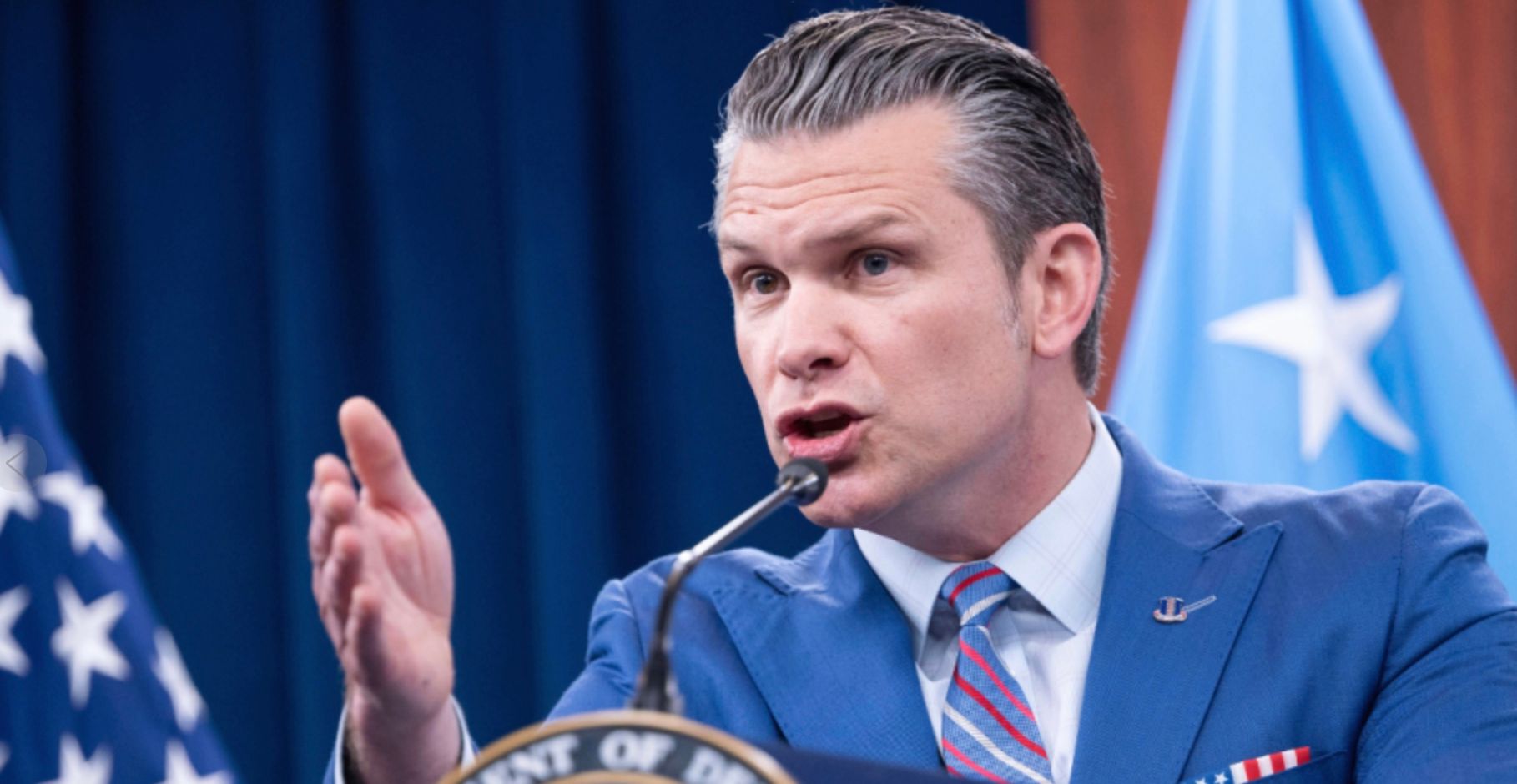Iran Strikes Back at U.S. Narrative After Nuclear Site Bombings

In the wake of U.S. airstrikes on Iran’s nuclear facilities, Iran's Supreme Leader Ayatollah Ali Khamenei declared that the United States "gained no achievements," dismissing Washington’s claims of a historic military success. The remarks came during Khamenei’s first public address since a ceasefire with Israel was brokered earlier this week.
Speaking from an undisclosed secure location, Khamenei asserted that the U.S. failed to disrupt Iran's nuclear program meaningfully and warned that further strikes on American bases in the region are “repeatable” if provoked again.

Meanwhile, U.S. officials, including Defense Secretary Pete Hegseth and Chairman of the Joint Chiefs General Dan Caine, presented a very different picture. At a Pentagon press conference, the two emphasized the precision and impact of the June 22 operation—code-named Midnight Hammer—which targeted Iran’s fortified nuclear sites at Fordo, Natanz, and Isfahan with 14 bunker-busting bombs dropped by B-2 stealth bombers.
Hegseth called the mission a “historic success,” asserting it had rendered Iran’s enrichment facilities “inoperable” and “set the nuclear program back by years.” Trump, who approved the strike and later brokered the ceasefire, called the operation a “total obliteration” of Iran’s nuclear capacity.
Conflicting Narratives on Nuclear Damage
While the U.S. cited satellite imagery and intelligence showing severe infrastructure damage, reports from the Defense Intelligence Agency (DIA) suggested the long-term impact may be limited. Preliminary assessments indicate Iran may have preemptively relocated enriched uranium and reinforced sections of the facilities, minimizing the strike’s effectiveness.
The International Atomic Energy Agency (IAEA) confirmed that Fordo's centrifuges were damaged and are currently offline, but also warned that Iran may have shifted sensitive materials before the attack. On Thursday, Iran’s parliament passed a bill withdrawing from cooperation with the IAEA, halting future nuclear inspections.
Retaliation and Tensions in the Gulf
In response to the U.S. strikes, Iran launched a missile attack on the Al Udeid Air Base in Qatar—a key U.S. military hub in the region. Although no casualties or serious damage were reported, the strike served as a warning shot.
“The cost for the enemy will undoubtedly be high,” Khamenei said in his address. “This incident is also repeatable in the future.”
The attacks followed weeks of escalating tensions between Iran and Israel, which erupted into direct conflict on June 13 after Israel claimed Iran was close to building a nuclear weapon. Iran has denied these accusations, insisting its program is for peaceful, civilian use only.
Political Fallout in Washington
Back in the U.S., the strikes have sparked intense political debate. Congress is set to receive a classified briefing, with some lawmakers, including Senator Tim Kaine, calling for new legislation to limit the President’s ability to launch unilateral military actions without Congressional approval.
Critics argue that while the operation may have been tactically impressive, its strategic value remains uncertain and risks further destabilizing the Middle East.
Key Figures:
- 610 Iranians reportedly killed during the 12-day conflict
- 28 Israeli deaths confirmed
- 3 Iranian nuclear sites targeted: Fordo, Natanz, Isfahan
- 0 U.S. casualties from Iranian retaliation
What’s Next?
With both nations claiming victory, the truth likely lies somewhere in between. As Iran vows revenge and the U.S. asserts dominance, the fragile ceasefire remains under pressure. The world watches closely as two powerful forces teeter on the edge of renewed conflict.
For updates, follow AMN-USA.com
#IranStrikes #USMilitary #Trump #MiddleEastTensions #VeteransVoice #GlobalSecurity #AMNUSA

Annapurna Media Network -USA
Reporter
